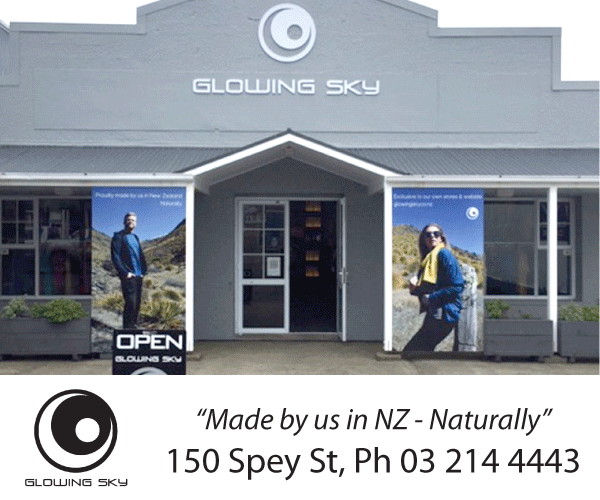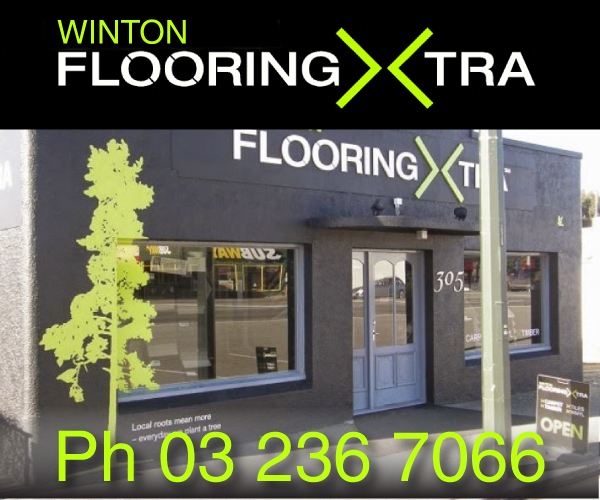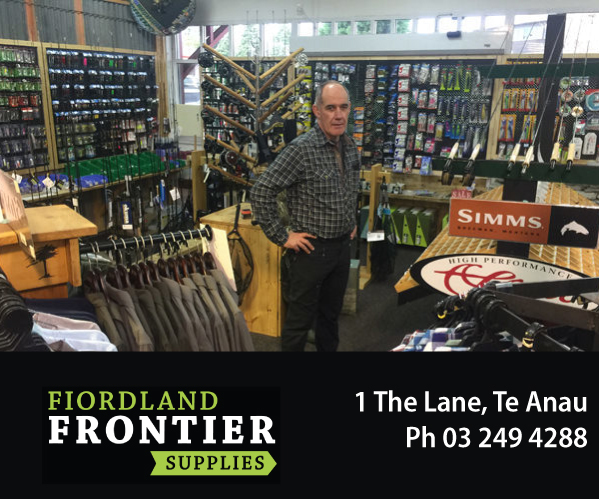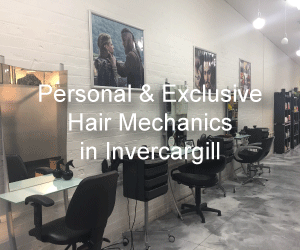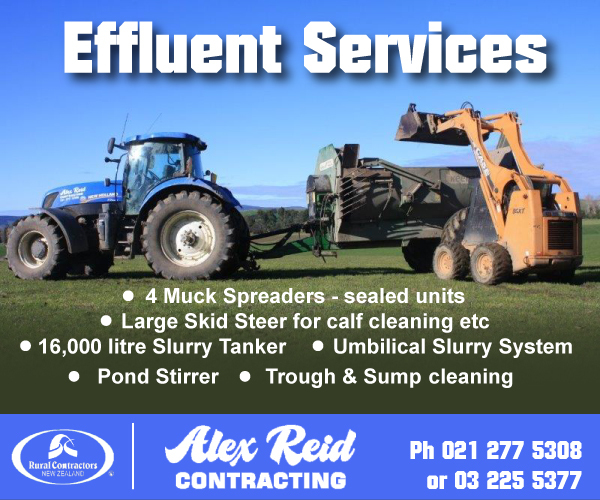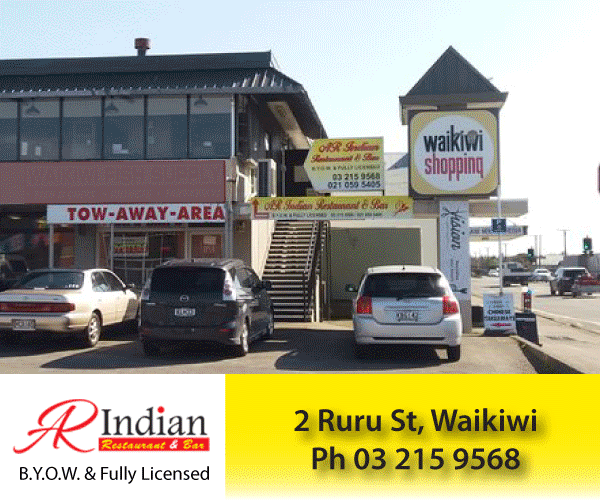The night's a dream for NASA comp winner
Paul Taylor
18 June 2021, 3:20 AM

It is 2039; I’m retreating from Oberon, the tidally locked outermost satellite in the Uranian system.
Southland Girls High School pupil Sophie Ineson is celebrating after winning the NASA Scientist for a Day competition for the second year in a row.
The 2021 competition saw students in years 7-10 across New Zealand challenged to learn about three moons of Uranus — Ariel, Oberon and Titania, and then write an essay of up to 300 words explaining which of these moons they would want to explore with a robotic spacecraft.
Sophie, 12, wrote her essay from the perspective of the spacecraft, returning from its mission (read the full essay below).
Advertisement: Glowing Sky
The National Aeronautics and Space Administration worldwide competition is organised in New Zealand by the New Zealand Space Agency.
It's blindly judged; the judges don't know who wrote the essays, and they picked Sophie's again to win the year 7-8 category.
And she's doubled up on prizes too, winning another 6" Dobsonian telescope from Astronz, worth about $700.
She was presented with the second telescope last week, when New Zealand Space Agency aerospace technical engineer Katie Breach visited her school.
Advertisement: Flooring Xtra Winton
Sophie's generously donated the prize to Deep Cove Outdoor Education Trust, where students go for camps.
"When I heard it was the same prize it was an easy decision because I knew it would be well used by all students going to camp at Deep Cove," she says.
She hopes it will spark the same interest in space for others. Deep Cove is in Fiordland, where there's little light pollution.
"So will be awesome on clear night."
In her year with the first prize telescope, she says she has "learnt so much and had so many wow moments, especially with the moon".
"I can't wait for more people to go wow!"
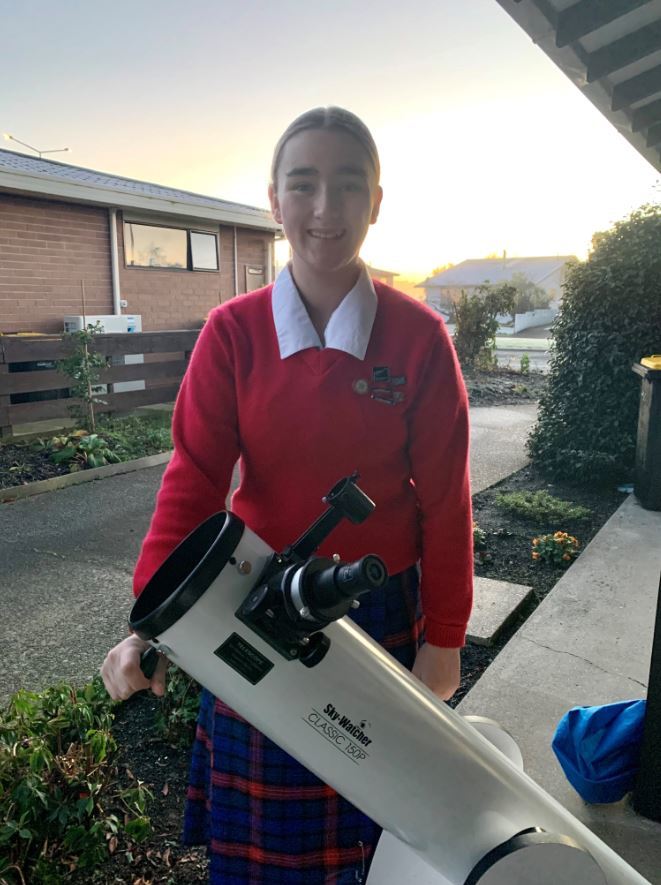
NASA comp repeat winner Sophie Ineson
Sophie says she feels "proud and excited" to win again this year.
"It feels amazing as I didn’t think it would be possible to win twice. The topic was a new area so I knew everyone would have well written entries and had done a lot of research like me.
"It was also really special to have two other students from school recognised as finalists and then for us all to be able to celebrate together with the visit from Kate Breach."
Sophie's interest in space was sparked by a visit to Kennedy Space Centre in 2018.
Advertisement: Fiordland Frontier Supplies
"I was so intrigued in all the different aspects of science involved and how science on the international space station was impacting us on Earth and how space technology was being used to reduce global issues like illegal fishing and tracking wildlife."
She also got to have lunch with the late Gerald Carr, commander of Sky Lab 4.
"Mentors and role models have been really important to me," she says.
"We had the US embassy bring down three NASA interns, Kaitlin Ruddock from Fair Go and Kate Breach have all impacted me in different ways."
Advertisement: Bronze Connection
Last year, she entered the Fair Go competition about increasing awareness of space careers for students her age, and that could lead her on one career path.
"I would love to be the space version of nano girl," she says.
"I like the idea of sharing science with others and I equally like my dance and drama subjects so I can combine all those skills."
New Zealand Space agency head Dr Peter Crabtree says the judges were blown away by the calibre of this year's entries.
Advertisement: Alex Reid Contracting
"This year we were over the moon with the number of high-quality essays we received from over the 40 New Zealand schools who participated.
"The NASA Scientist for a Day competition aims to encourage teachers to use space as context for learning across the curriculum to provide students with an insight into the wonders of space.
"I'd personally like to thank all of the teachers who worked tirelessly with these students to inspire and engage their interest in science, technology, engineering, and mathematics (STEM) subjects.
"The space sector is an exciting area that offers career opportunities across a wide range of jobs and after reading these entries, it's safe to say that the future of New Zealand's space industry is in very good hands. Congratulations to everyone who entered.”
Advertisement: AR Indian Restaurant
Lucia Mochel from Whangamata Area School won the Year 9 & 10 category, and also a telescope.
Here's Sophie's essay in full:
It is 2039; I’m retreating from Oberon, the tidally locked outermost satellite in the Uranian system. My journey coincided with an equinox.
Using the gravity assist from Jupiter, I achieved research before my heat energy wore out from radioactive decay.
I obtained measurements from my atmospheric probe with Oberon orbiting outside the magnetosphere. The low bond albedo investigation was intriguing.
Voyager’s images allowed 25% of the surface to be geologically mapped. My photos show evidence of cryovolcanic activity , where liquid and vapour material trapped under the surface has escaped and become frozen.
What inspired me on this journey was using my dust detector to gather more data on the red material on the hemispheres. Impact events and charged particle bombardment eject dust from surfaces into orbit, which slowly moves inward.
A combination of solar wind and micrometeorite impacts create dust. Oberon being furthest out, encounters the red cloud before it moves inwards, not escaping Uranus gravity.
One hope was that I would find information on the chasmata, the deep, elongated depressions that cross the landscape. My data on the dark patches at the craters’ base will allow NASA to answer the debate. Did these patches come from volcanic activity or from impact events that have surfaced dark material from below the ice?
Likewise, the data will help NASA explore the likelihood of a subsurface ocean in the icy mantle and the rocky core. This insight is possible because my magnetometer detected salt particles in the water and conduction, creating a magnetic field. I have followed contamination protocols as part of my astrobiology exploration .
Ehara Taku toa it te toa takitahi,engari he toa takitini.
My strength is not as an individual but as a collective.
Congratulations, NASA, on assigning me to the remote location to ensure Oberon is understood.
FOOD | DRINK
